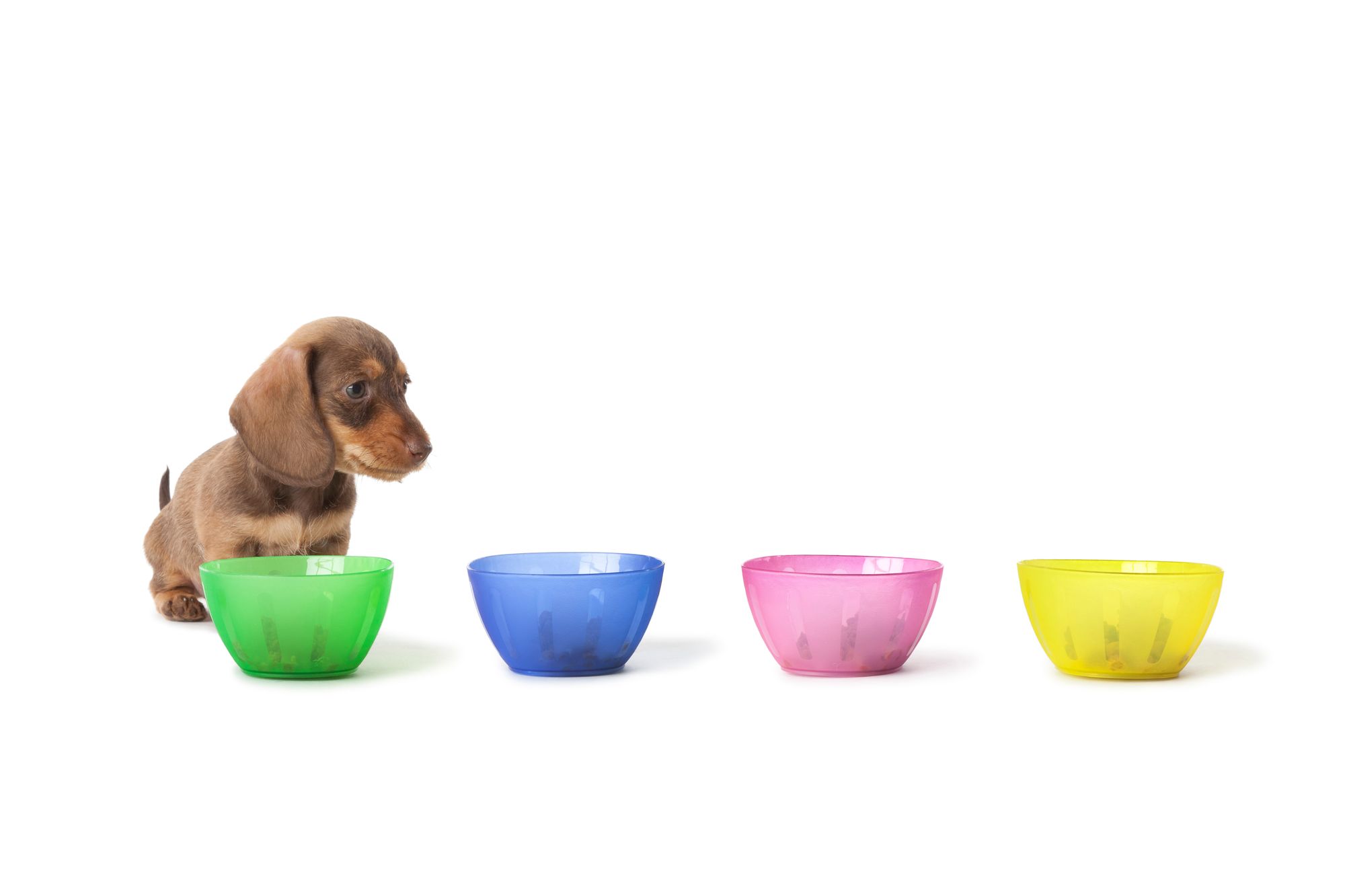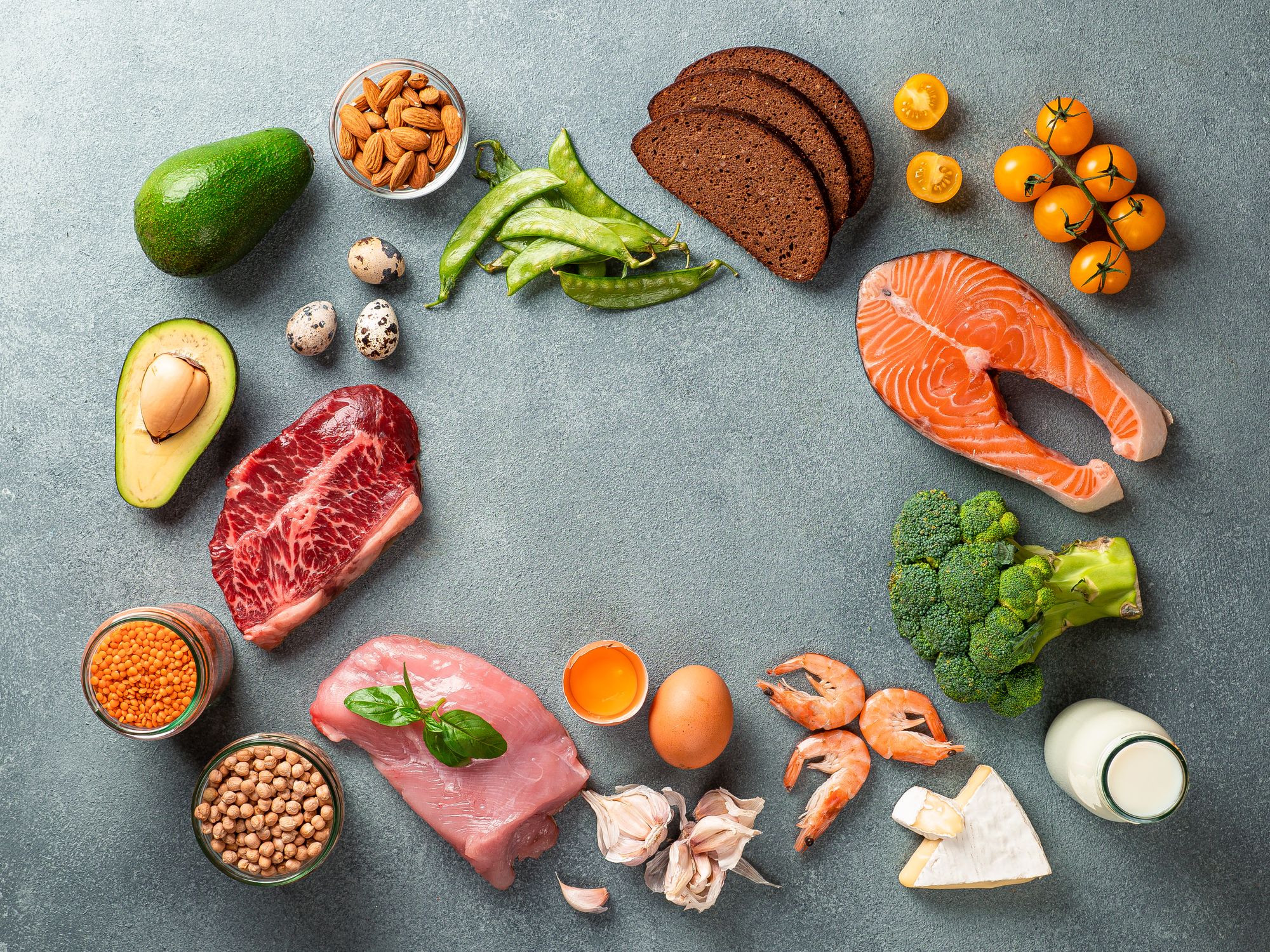Secrets to Getting Lean Body Mass
There’s no exceptional food, fruit, or type of diet that can help you achieve sustainable leanness. Repeat after me: the only way you’ll get lean for the long-term is if you are in a consistent caloric deficit. So — what should you eat to get lean, then?

I don’t want to lie to you?
There’s no exceptional food, fruit, or type of diet that can help you achieve sustainable leanness.
Repeat after me:
the only way you’ll get lean for the long-term is if you are in a consistent caloric deficit.
Theoretically, you could be on the ‘perfect’ diet. But if you only follow through with it for two weeks, it’s not going to do you any good. So — what should you eat to get lean, then?
Calories In versus Calories Out (CICO)
What ultimately determines weight and fat loss is how much energy you consume versus how much energy you burn.
Wait, where does the energy you consume come from? Well, you might be surprised to hear this, but calories are quite literally energy. And you know where you get your calories from — food!
When you overeat food, one of the primary ways your body copes is by storing the excess energy as adipose tissue (also known as body fat). When you eat ‘too little’ food, your body needs to burn through your existing fat storage to generate enough energy to sustain your daily activities.
This is how energy balance regulates your weight and fat loss. You need to be in a negative energy balance — the calories that you eat are lesser than the calories you burn — to lose fat and weight.
Maintenance calories
Excellent. You now know the absolute importance of being in a caloric deficit to achieve leanness. But how would you know just how many calories you need to eat to get ripped?
Simple — you just need to calculate your maintenance calories. This is the number of calories you need to consume daily to maintain your weight. To figure out the individualized figure for yourself, you can Google: there are several calculators with different formulas that will help you get to an estimate.
Lucky for you we've made one right here! All you need to do is provide specific physical measurements, like your height, weight, and possibly lean body mass.
Do you now have the figure for your maintenance calories? Good.
If you want to get lean, you’ll need to cut 200–300 calories from your maintenance calories. This will help ensure that you’re in a sufficient caloric deficit and will stimulate fat loss.
What about macros?
Of course: while the reduction of body fat and weight depends solely on your energy intake, you can make the most of your dieting experience (enhanced fat loss with minimal muscle loss) by separating your calories into three macronutrient groups: protein, carbohydrates, and fats.
They all have different energy values:
Protein — 4 calories per gram
Carbohydrates — 4 calories per gram
Fats — 9 calories per gram
How much of each do you need to eat to get lean?

Protein
There’s a reason why bodybuilders are so crazy about their protein.
The consumption of sufficient dietary protein stimulates muscle protein synthesis (MPS), improves recovery, has the potential to increase lean body mass when combined with resistance training, and helps with strength.
You cannot prevent the loss of some muscle mass when you’re in a caloric deficit — that’s just the way our bodies work. You can, however, minimize losing all that muscle you built in the gym with your sweat and (occasional) tears by hitting 1.6 grams to 2.0 grams of protein per kilogram of body weight.
But wait — what does that even look like? If those numbers are too abstract, no worries.
To better illustrate how much protein you need:
Let’s say you weigh 55 KG. You’ll need to eat 110 grams of protein daily if you’re following the guideline of 2.0 grams/KG of bodyweight. I know you’re rolling your eyes — telling you that you need to eat 110 grams of protein isn’t any better than throwing the figure of ‘2 grams/KG’ at you.
Okay, you’d roughly get 110 grams of protein from 2 big slices of chicken breast.
Carbohydrates
Based on all the news and hype built around low-carb diets, I wouldn’t be surprised if you’ve felt the need to cut out your favorite bread, pasta, and pizza from your meals. Do not fall prey to the scare-mongering tactics employed by the media!
Remember: fat loss is determined by one factor — energy balance. As long as you’re in a caloric deficit, you can still enjoy that scoop of ice cream while unwinding in front of the TV on a Friday evening.
Not convinced?
Here: high-fat, low-carb (HFLC) diets are not superior to low-fat, high-carb (LFHC) diets in neither weight loss nor fat loss when both calories and protein are equated.
An excellent place to start for your carbohydrates intake is a 60/40 ratio of carbs to fats after you’ve deducted the protein calories from your total energy intake.
Let’s use our previous calculations. If you’re eating 110 grams of protein daily, you’re getting 440 calories from protein. Assuming that your daily target is 1800 calories, you’d have 1360 calories available to split between carbohydrates and fats.
A 60/40 ratio means you can eat 816 calories worth of carbohydrates. That’s 204 grams daily! Just in case you were wondering: 200 grams of cooked pasta contains 61 grams of carbohydrates.
Fats
Finally, our last macronutrient group of the three.
It’s the most caloric-dense macronutrient and has been historically blamed for obesity because people believed that when you eat fat, you get fat. Obviously, we know that’s not true.
Sufficient dietary fat is crucial for your hormonal balance.
Now that you’ve gotten the numbers for your protein and carbohydrate intake, it’s easy to derive your desired fat intake. You just need to deduct the number of calories you’ve allocated to carbohydrates from what you had available.
As usual, I’ll default to our previous calculations. You’d be able to consume 544 calories of fat — that’s roughly 60.4 grams of fat. A piece of glorious, batter-dipped, and deep-fried chicken thigh will set you back by 14 grams of fat.
Conclusion
The single, sustainable way of reducing your body fat percentage is through the creation of a caloric deficit. You can further optimize your fat loss efforts by also separating your calorie allowance into the three macronutrient groups — and that’s about it. Ultimately, there are no ‘hacks’ and quick fixes when it comes to getting lean. Only consistent food-tracking and effort gets you there.
Of course: all that dieting is useless if you’re not working hard in the gym. If you’re reading this article, I assume that you’re concerned about retaining as much muscle mass as you can while you’re getting ripped.
GymStreak’s AI-powered trainer ensures that you don’t slack off on muscle-building even when you’re low on energy from being in a caloric deficit. All the planning has been done for you — all you need to do is follow along with the workout schedule. No more excuses; download the app today!
References
Dipla, K., Makri, M., Zafeiridis, A., Soulas, D., Tsalouhidou, S., Mougios, V., & Kellis, S. (2008). An isoenergetic high-protein, moderate-fat diet does not compromise strength and fatigue during resistance exercise in women. The British Journal of Nutrition, 100(2), 283–286.
Hall, K. D., & Guo, J. (2017). Obesity Energetics: Body Weight Regulation and the Effects of Diet Composition. Gastroenterology, 152(7), 1718–1727.e3. https://doi.org/10.1053/j.gastro.2017.01.052
Hämäläinen, E. K., Adlercreutz, H., Puska, P., & Pietinen, P. (1983). Decrease of serum total and free testosterone during a low-fat high-fibre diet. Journal of Steroid Biochemistry, 18(3), 369–370.
Longland, T. M., Oikawa, S. Y., Mitchell, C. J., Devries, M. C., & Phillips, S. M. (2016). Higher compared with lower dietary protein during an energy deficit combined with intense exercise promotes greater lean mass gain and fat mass loss: a randomized trial. The American Journal of Clinical Nutrition, 103(3), 738–746. https://doi.org/10.3945/ajcn.115.119339

